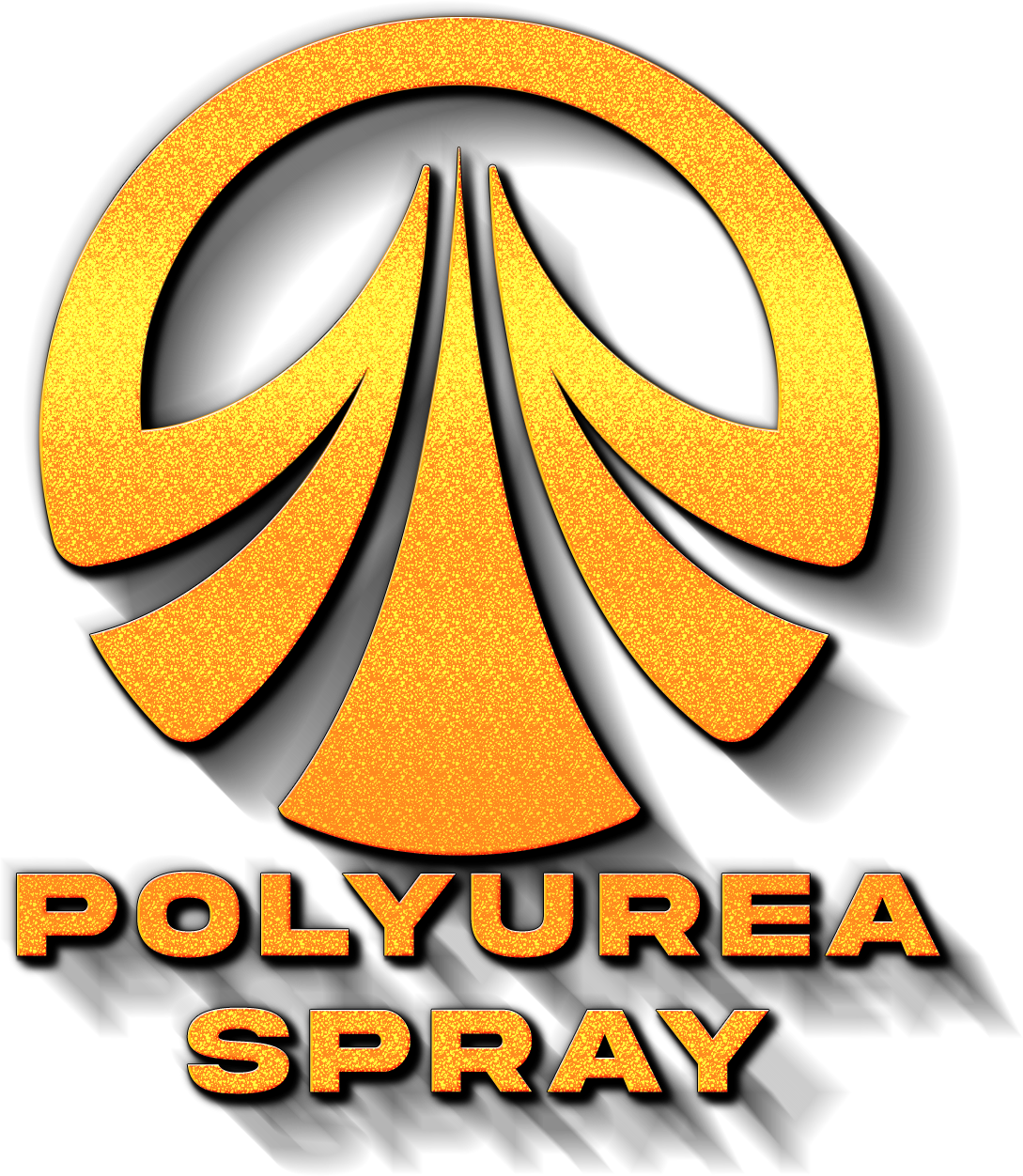Polyurea has become a popular topic of research within the coatings industry, and for good reason. Known for its exceptional durability, versatility, and fast cure times, polyurea has quickly gained recognition as a superior coating option for a wide range of applications. For polyurea researchers looking to unlock the full potential of this material, there are a few key areas to focus on.
One of the primary benefits of polyurea coatings is their high level of chemical resistance. This makes them an ideal choice for applications where exposure to harsh chemicals or extreme environments is a concern. Research into the specific mechanisms that contribute to this resistance can help further enhance the performance of polyurea coatings in these challenging conditions.
In addition to their chemical resistance, polyurea coatings are also prized for their mechanical properties. With high tensile strength, tear resistance, and elongation capabilities, polyurea coatings are able to withstand significant strain without degrading. By studying the molecular structure of polyurea and how it contributes to these properties, researchers can develop coatings with even greater strength and durability.
Another important area of research for polyurea coatings is their adhesion characteristics. Proper adhesion is crucial for ensuring that a coating bonds effectively to the substrate, providing long-lasting protection. Understanding the factors that influence adhesion, such as surface preparation techniques, curing conditions, and formulation components, can help researchers optimize the adhesion performance of polyurea coatings.
Cure times are another key consideration when it comes to polyurea coatings. Unlike many traditional coatings that require lengthy curing periods, polyurea coatings are known for their rapid cure times. By exploring alternative curing methods, such as dual-cure systems or infrared curing, researchers can further expedite the curing process and improve the efficiency of coating application.
Lastly, sustainability is an increasingly important focus for coatings research. As the demand for eco-friendly products continues to grow, polyurea researchers are exploring ways to develop more sustainable formulations and manufacturing processes. This may include the use of bio-based raw materials, recycling or reusing waste materials, and reducing the environmental impact of production.
In conclusion, polyurea coatings hold immense potential for a wide range of applications, thanks to their durability, versatility, and fast cure times. Polyurea researchers looking to push the boundaries of this material should focus on areas such as chemical resistance, mechanical properties, adhesion characteristics, cure times, and sustainability. By delving deep into these key areas of research, researchers can unlock new possibilities for polyurea coatings and contribute to the continued advancement of the coatings industry.


